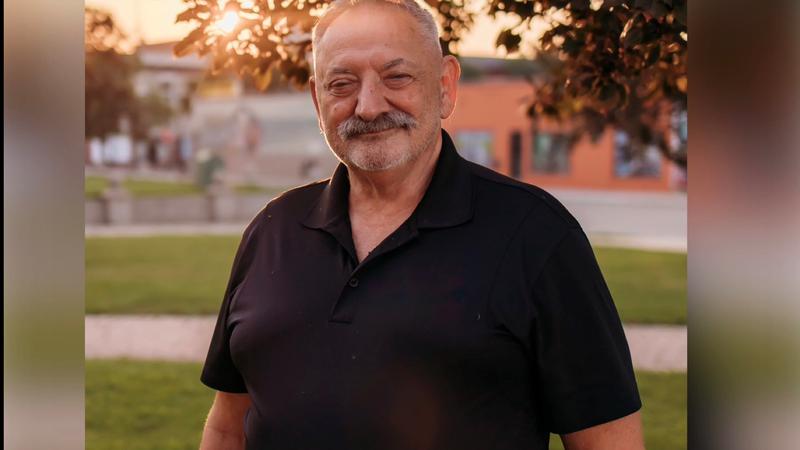
Muskoday and MLCN introducing bilingual traffic signs
In the coming weeks, people travelling through Muskoday First Nation and Montreal Lake Cree Nation (MLCN) will notice something a little different about the traffic signage.
Signs that advise people when to stop, when to yield, or when to slow for children, will include both English and Cree text.
The initiative was made possible through SGI ‘s traffic safety grants. Muskoday First Nation’s portion was over $4,200 and Cori Pederson, the community’s Justice Coordinator, said the response has been great.
“We are all learning our language here, so it’s an exciting time to see that,” she said.


